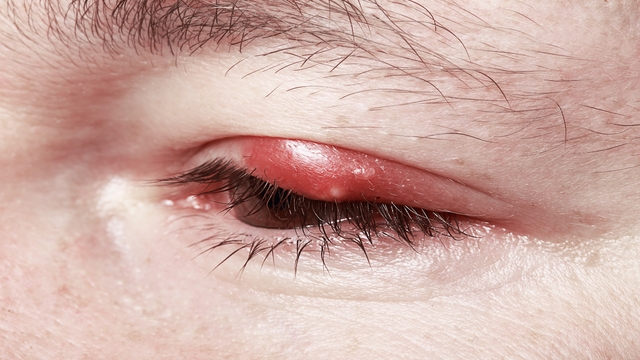Treatment
Often hordeola resolve spontaneously on their own. In these cases, only hot compresses to assist the drainage are needed. Warm compresses can be applied four to six times a day for several minutes a session. However, if they do not drain on their own, hordeola often respond very quickly to simple treatment from your doctor. It is important to get treatment as soon as possible. If untreated, the infection may continue to grow or lead to other conditions, including cellulitis . Chalazia occurs when the gland is blocked, but no infection is present. Cellulitis occurs when the infection spreads to the tissue of the eyelid or beyond. This can become a true emergency!
Drainage
Drainage of the lesion is the first step in treating the hordeolum. If the hordeolum does not drain on its own, your doctor may assist drainage of the infection by lancing the hordeolum. The pus and contents of the swollen area can then be drained. It is important never to try to lance the hordeolum without the assistance of a doctor; permanent damage to the eye or eyelid can occur.
Antibiotics
In some cases, antibiotics are also given to ensure that the entire infection is eliminated. Antibiotics may be given in oral form, or as eye drops/eye ointment. In many cases, antibiotics alone are ineffective.
If you are diagnosed with a hordeolum, follow your doctor's instructions.
Please be aware that this information is provided to supplement the care provided by your physician. It is neither intended nor implied to be a substitute for professional medical advice. CALL YOUR HEALTHCARE PROVIDER IMMEDIATELY IF YOU THINK YOU MAY HAVE A MEDICAL EMERGENCY. Always seek the advice of your physician or other qualified health provider prior to starting any new treatment or with any questions you may have regarding a medical condition. Copyright © 2024 EBSCO Publishing All rights reserved.
 Preventing Styes
Preventing Styes
